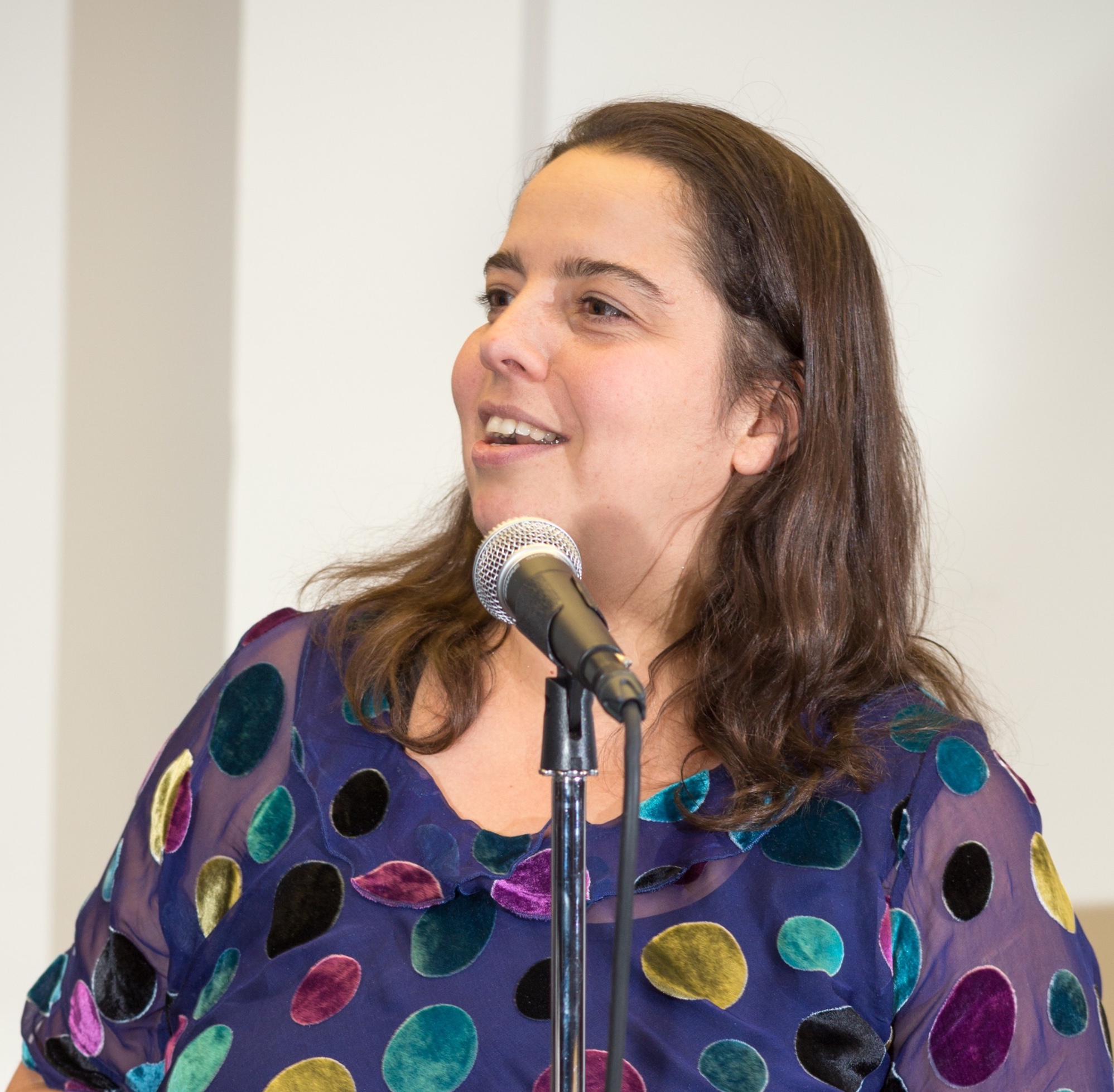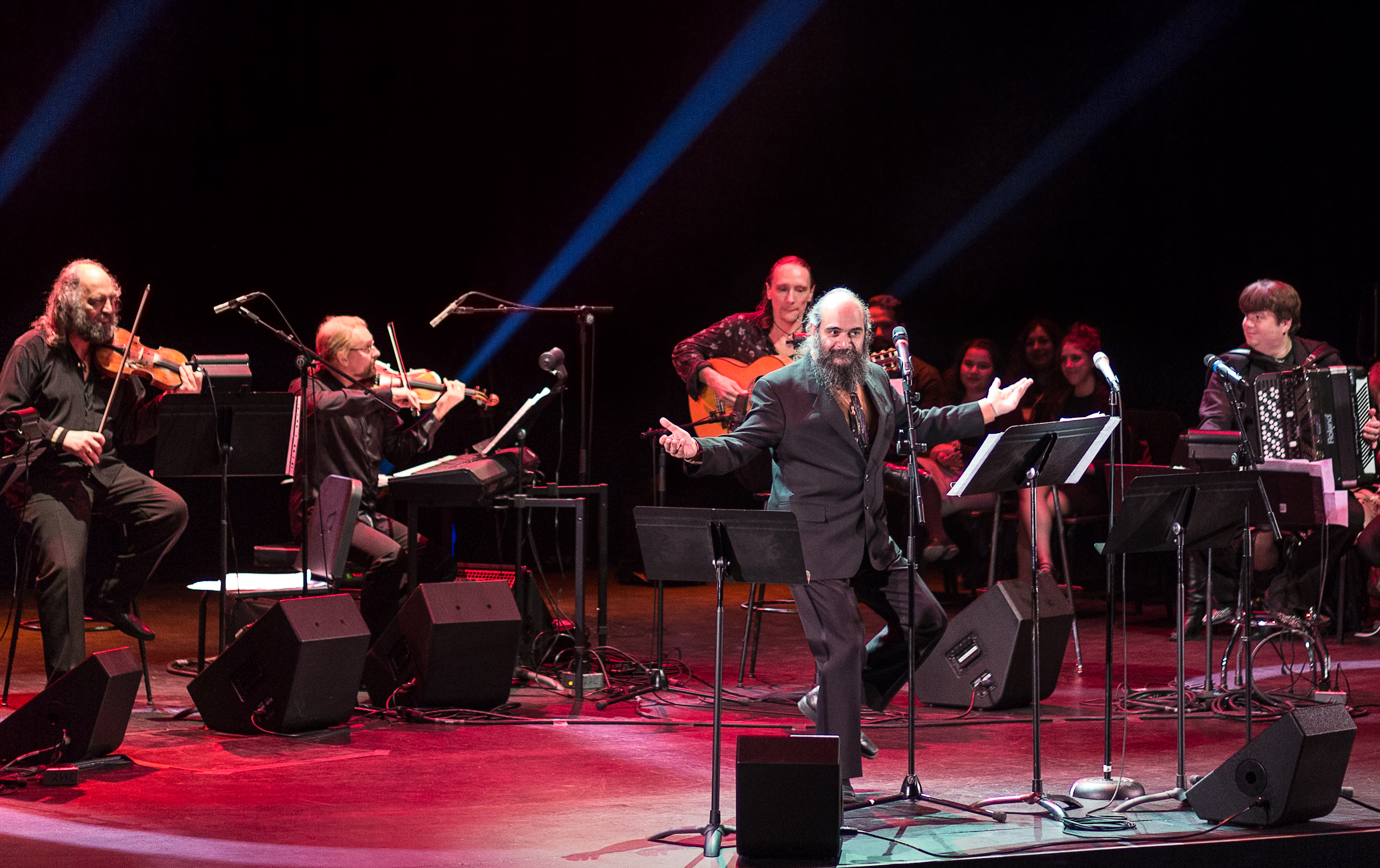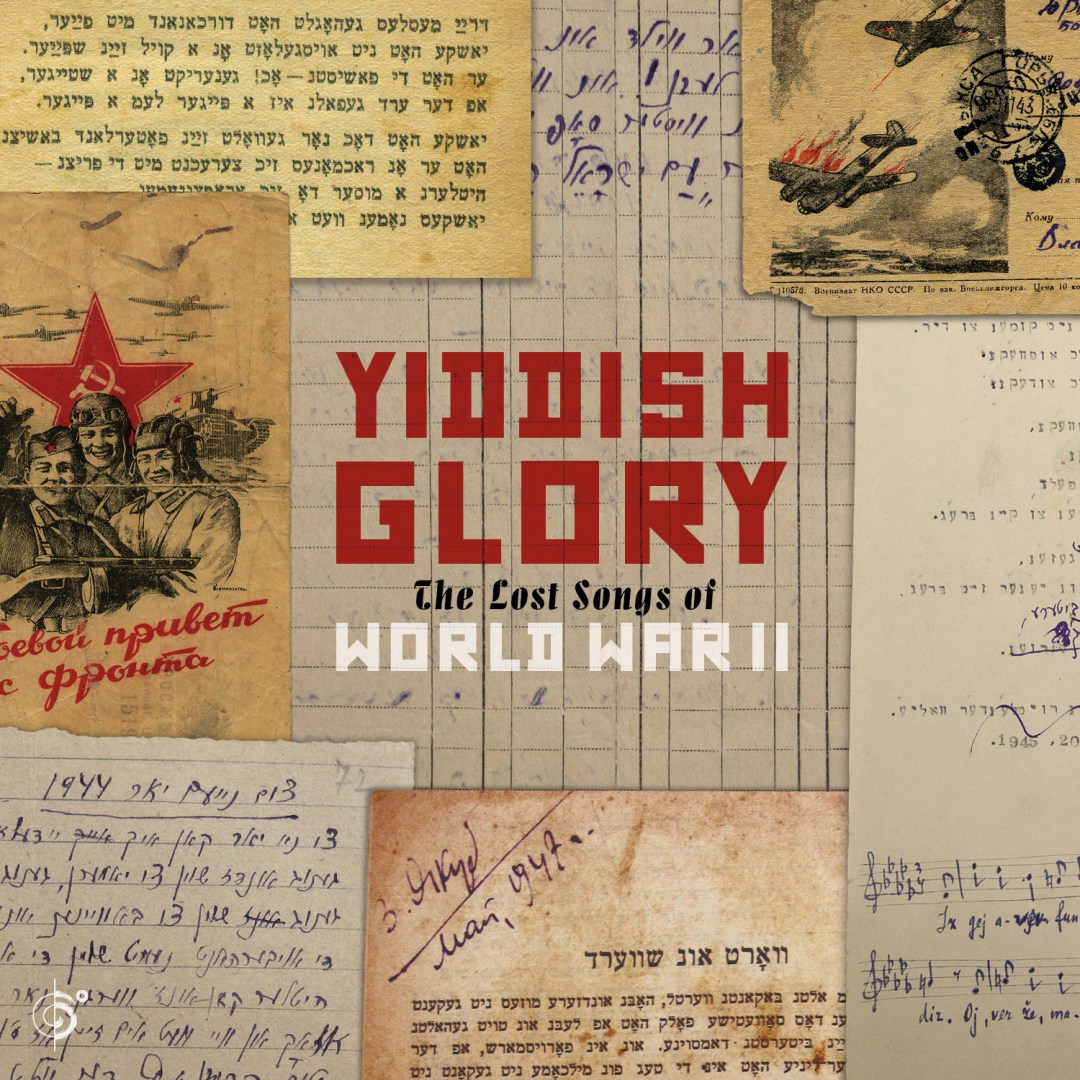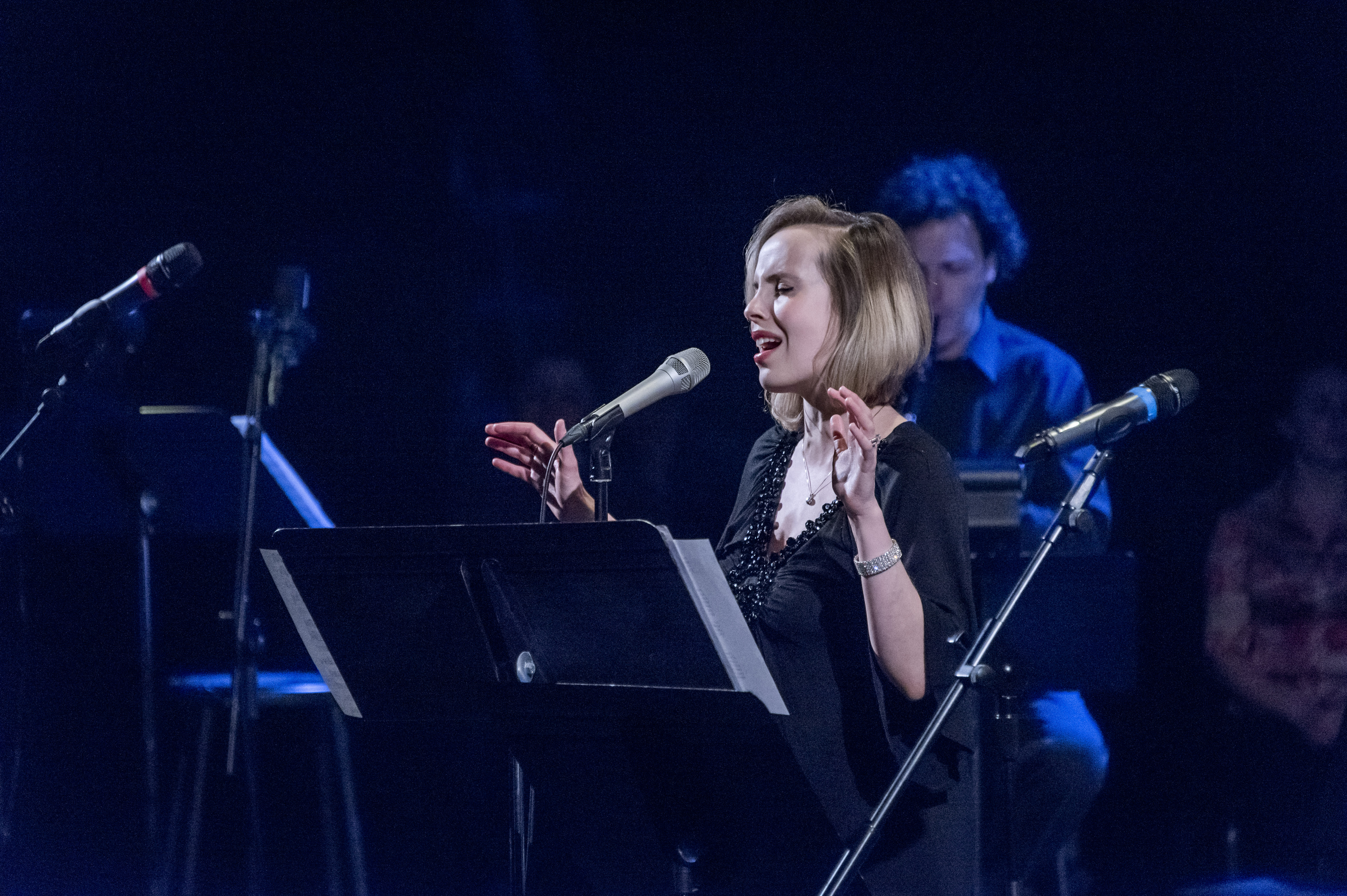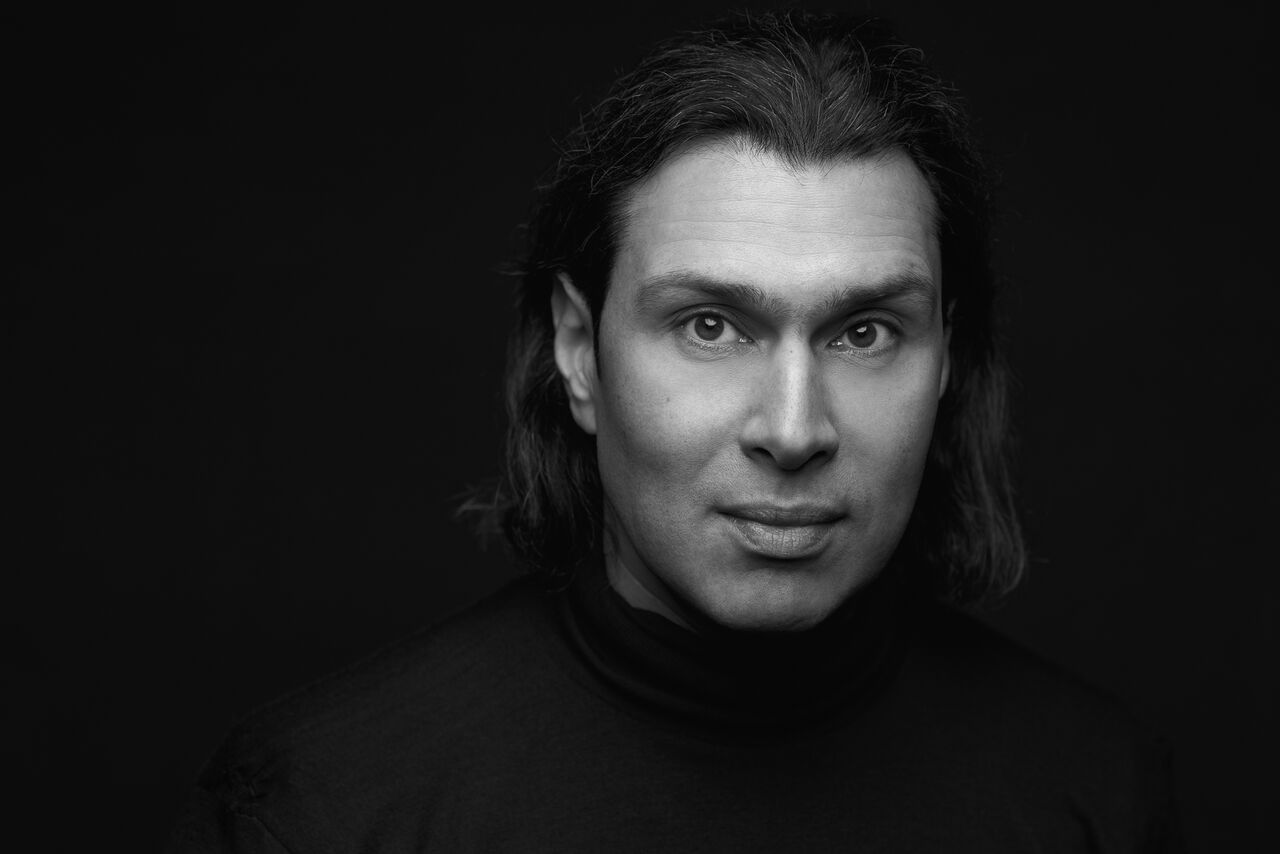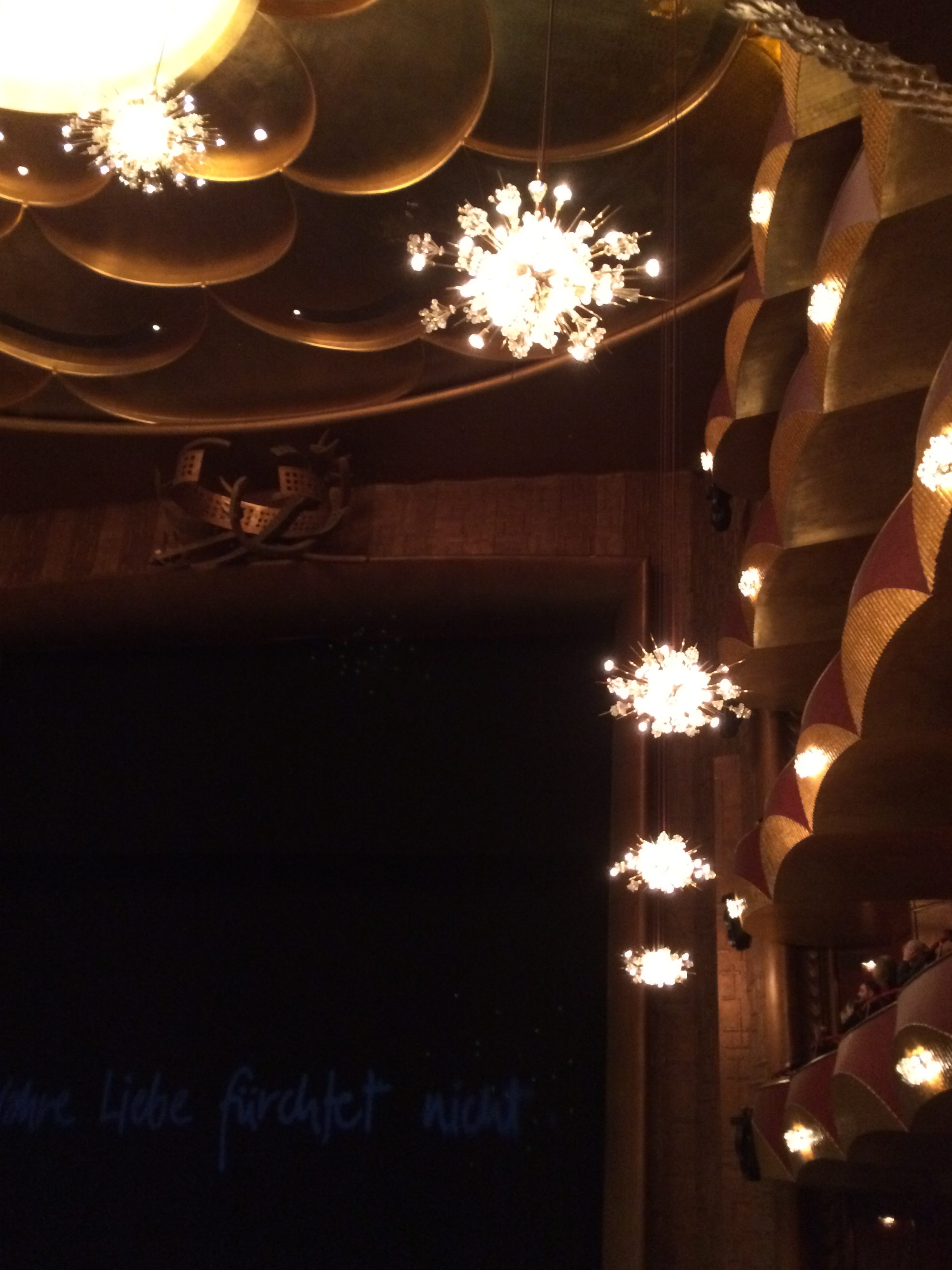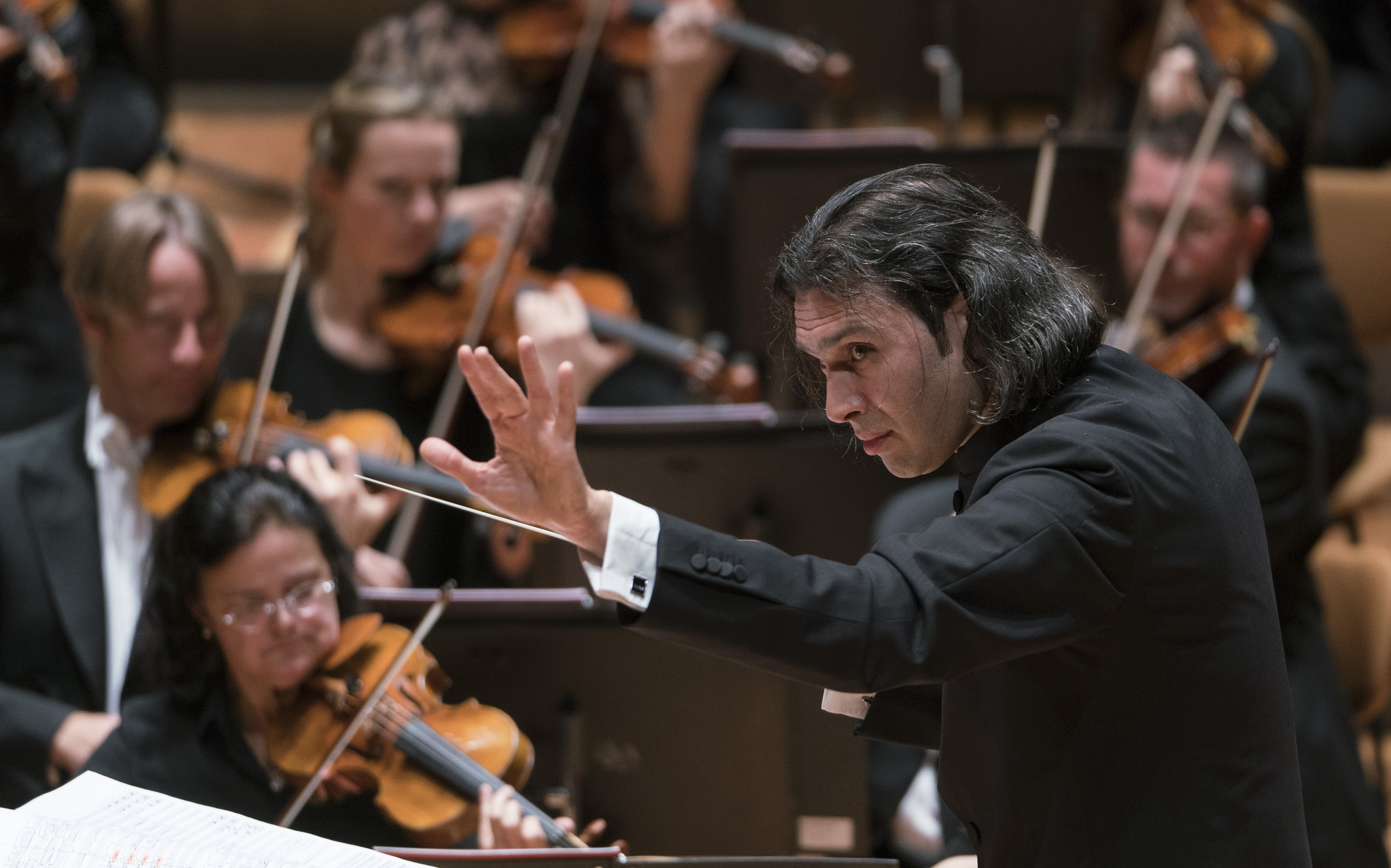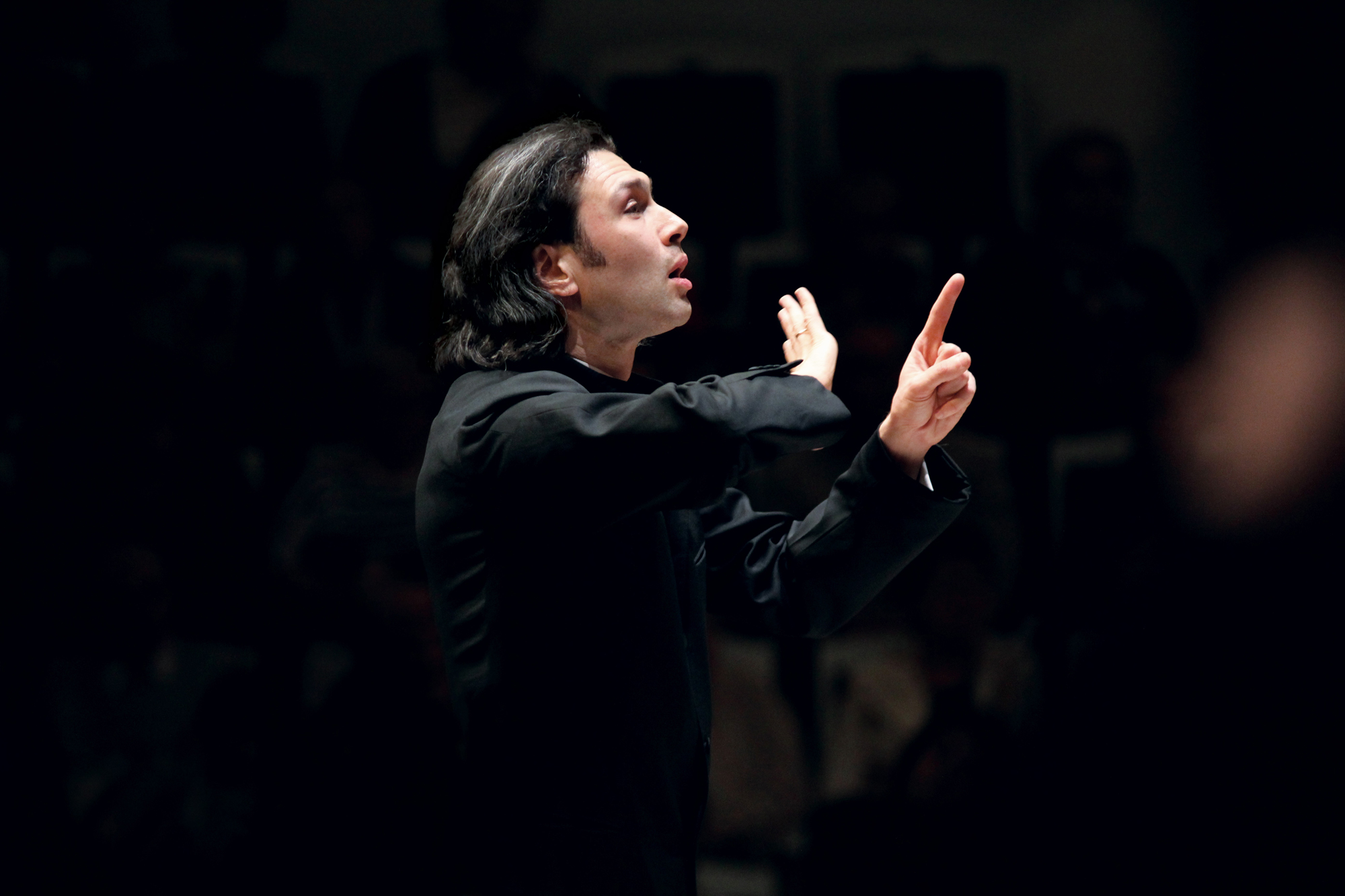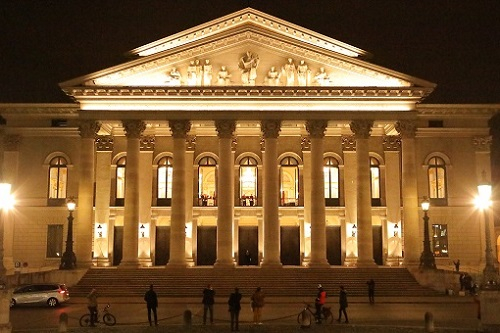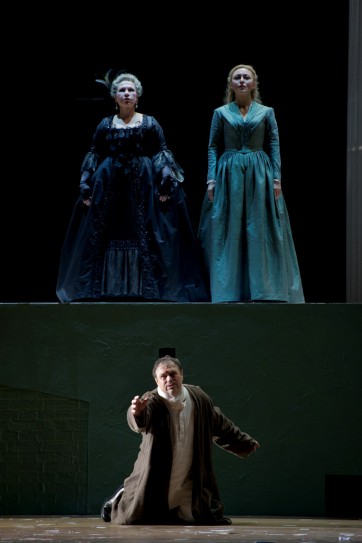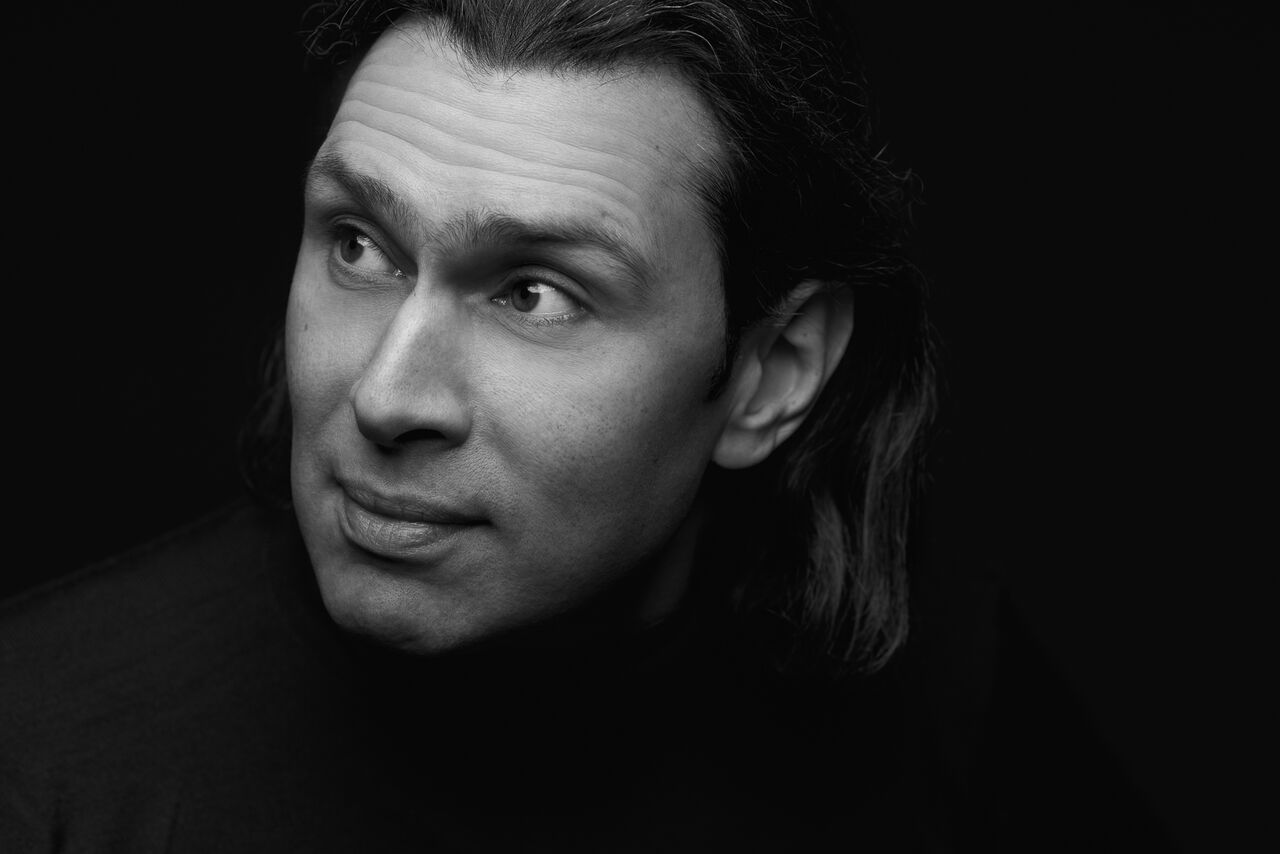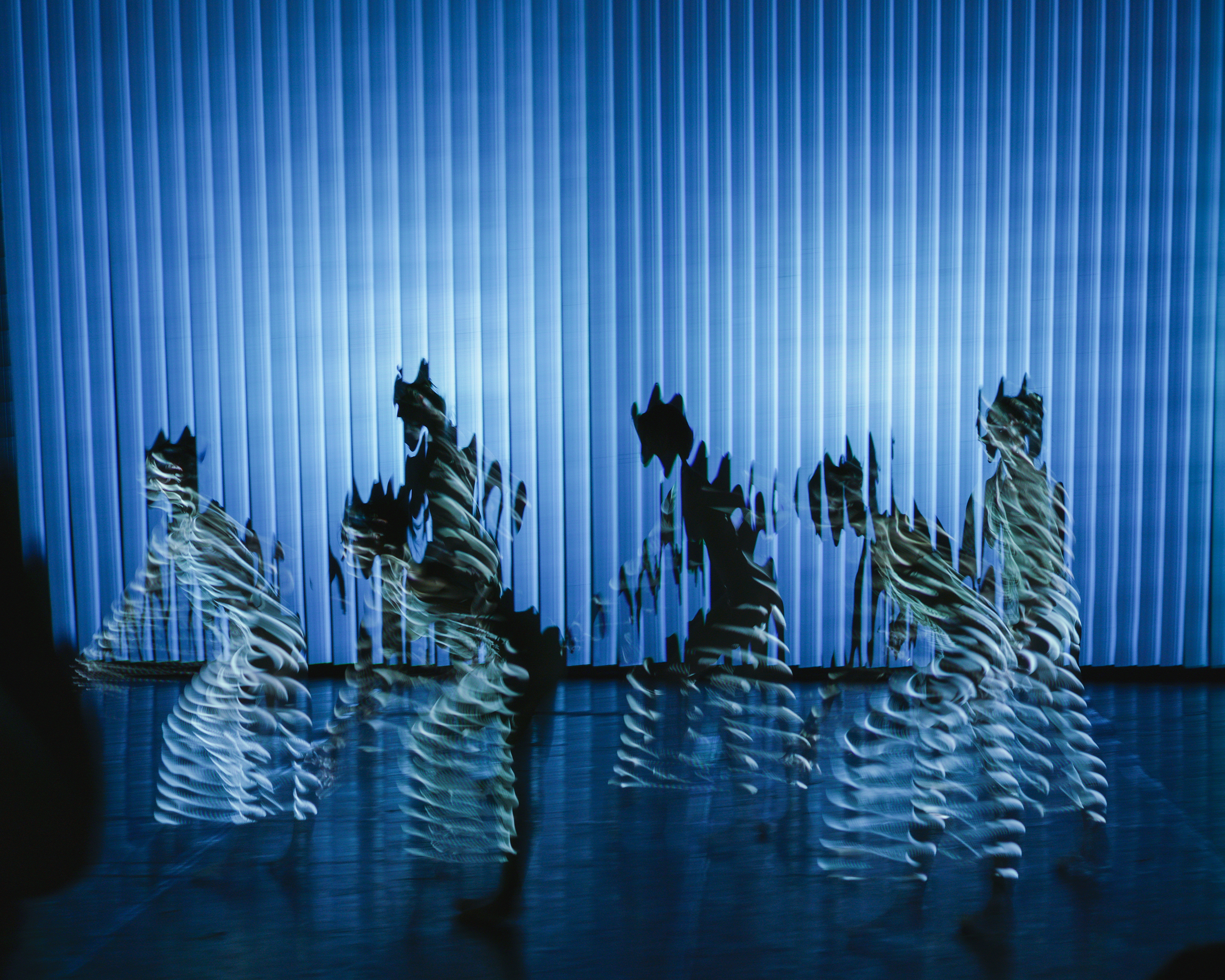
Artists of the Ballet in rehearsal for Frame By Frame. (Photo: David Leclerc)
If you don’t know the name Norman McLaren, you will, and soon, thanks to a new production happening at the National Ballet of Canada. The UK-born, Canada-based animation innovator, who won an Oscar for his 1952 anti-war film Neighbours, was one of the most important and influential figures in the history of film. It has been rightly been noted that McLaren (who passed away in 1987) “extend(ed) the boundaries of creative animation” through his unique and highly experimental approach. His 82 works (along with 52 test films) were added to the UNESCO heritage collection in 2009, and his name is slowly coming to be recognized more widely outside of experimental cinema circles. It’s been keenly observed that “without him, (Canada) would be lighter an Academy Award or two, and likely much more.”
The title of the National Ballet of Canada’s new work, Frame By Frame, set to premiere at Toronto’s Four Seasons Centre this coming Friday (June 1st), references McLaren’s painstaking method of drawing on film stock, frame by meticulous frame, and of his work with stop-motion animation sequencing. Each animated frame had a slight differentiation (being done by human hands, after all), which resulted in a charmingly wobbly end effect when viewing.
Canadians of a certain generation will remember, with glee, McLaren’s exuberant creations, having been exposed to them regularly in school and on television. They were an inescapable part of growing up in Canada, like so many animated works that came from the beloved National Film Board (NFB). I loved the wiggly lines (the so-called “boiling” effect in action) and the zealous embrace of surreal imagery that characterized so much of McLaren’s work; it forced you to think and feel at once, a new experience for small children more used to fantastical diversion and reaction-inducing entertainment. The jolly headless hen from “Hen Hop” forever makes me smile, even as it makes me think carefully about what’s on my dinner plate (to say nothing of reminders of the horror-meets-macabre-humor of my mother’s childhood farm stories, which I will leave to reader imagination). McLaren’s works were so unlike the Disney ones I’d see in cinemas as a child, more free and fun and loopy. Many also had strong social messages, like 1952’s “Neighbours“, a nine-minute film that uses pixilation to tell the story of two people who fight over a single flower; it garnered much praise and admiration, from artists like Pablo Picasso as well as the Academy of Motion Picture Arts And Sciences. He also worked with a host of famous music figures, including Glenn Gould, Ravi Shankar, Pete Seeger, and Oscar Peterson (the latter being featured in Frame By Frame), and his “Pas de Deux“, “Adagio“, and “Narcissus” are among the most beautiful dance films ever made. The animator met his life partner, Guy Glover, at a ballet performance in London, and his fascination with both music and art permeates his creations, whether they are music/dance specific or not. McLaren firmly believed that when it came to film, “how it moved was more important than what moved.”
\Norman McLaren working on “Hen Hop” in 1942. (Photo: BFI)It is understandable, then, that one sees within McLaren the unmistakable qualities which are so suited to a stage transfer of his life and works. Choreographer Guillaume Côté (who is Associate Choreographer at the National Ballet of Canada and a longtime beloved artist there) and celebrated director Robert Lepage drew inspiration from McLaren’s works — their rhythms, their energies, their winking, sometimes-whimsical, sometimes-pensive spirits — in creating Frame By Frame. Along with a host of celebrated theatre productions and work for Cirque du Soleil, Lepage has also leant his talents to classical music arts; his opera productions have been staged at the Canadian Opera Company, Opéra National de Paris, and the Metropolitan Opera in New York. In creating Frame By Frame, his first work with the National Ballet of Canada, Lepage recently said that “(c)lassical ballet is a wonderful craft, and I respect it a lot. It’s just that it also needs to be reinvented in a certain way if we want the craft to survive.”
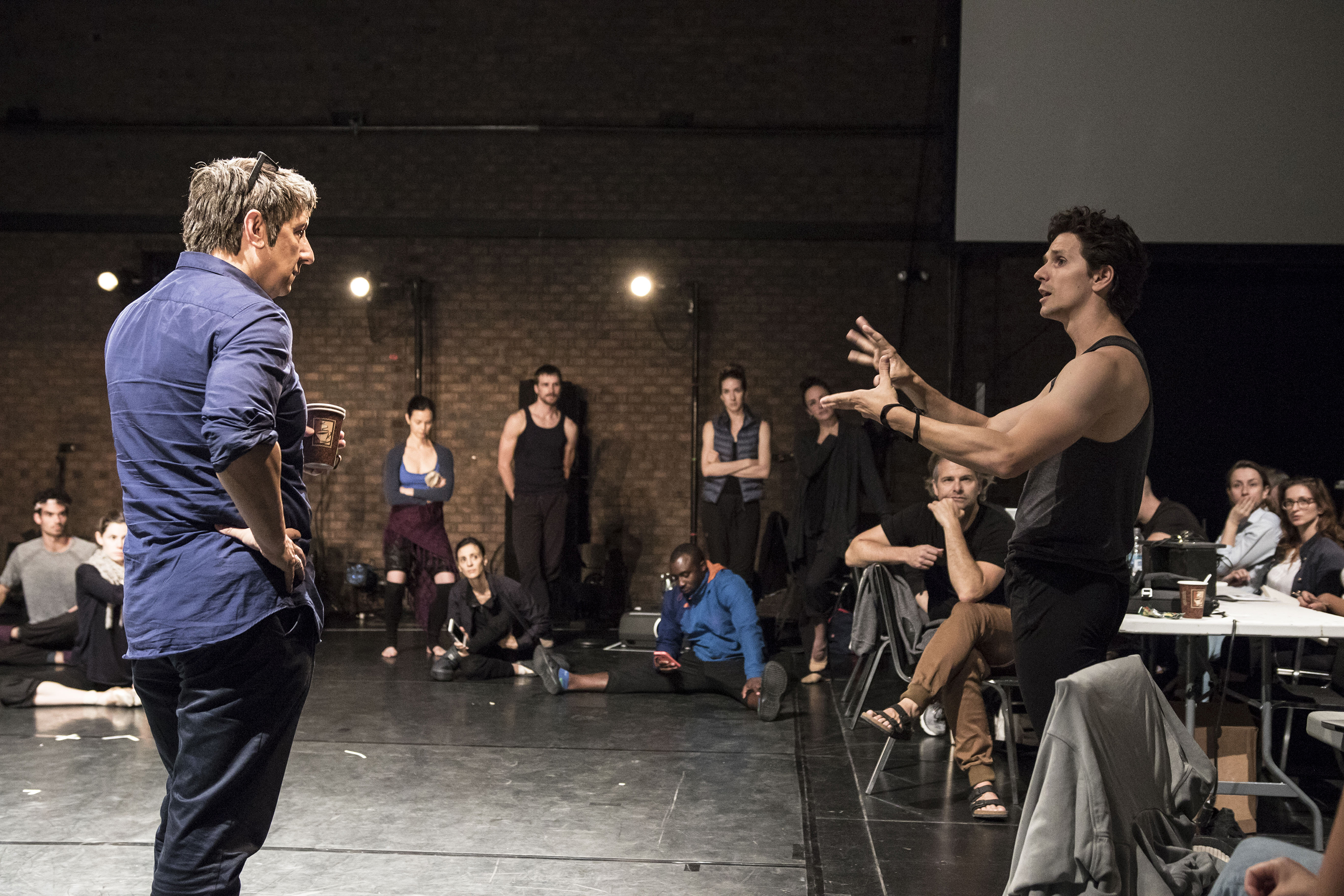
Robert Lepage and Guillaume Cote in rehearsal for Frame By Frame. (Photo: Elias Djemil-Matassov)
The production is a collaboration between the National Ballet of Canada, the National Film Board of Canada, and Ex Machina, Lepage’s production company in Québec City. It is a project several years in the making, and will reportedly make full use of a range of multidisciplinary technologies, including live projections and camera work. The Québecois director has said he wanted to create a “digital homage” to McLaren’s analogue world, and Friday night, audiences will see for themselves the fruits of these labours, with the animator’s work being brought to life in a whole new way.
\Jack Bertinshaw in rehearsal for Frame By Frame. (Photo: Elias Djemil-Matassov)National Ballet Second Soloist Jack Bertinshaw will be performing the role of Norman McLaren in Frame By Frame. The Australian-born dancer has been in a range of works for the company since joining in 2011, including a sprightly performance as Uncle Nikolai in seasonal presentations of The Nutcracker, Mitch in A Streetcar Named Desire, Benno in Swan Lake, and the title role in Pinocchio. I was curious to ask him what it was like to work around the level of technology LePage is utilizing, his experience as an Australian in discovering the works of a Canadian icon, and the various joys and challenges of capturing life, art, and animation through movement.
What’s it like to embody a real person? It seems like a rather unique opportunity within the ballet world.
I’ve done quite a bit of reading and obviously Robert and his team have done a lot of extensive research. With each scene we talk through each concept and what their aim is and what it should be acted as, and portrayed as. They wanted to make sure I had enough of myself in it too. While I’m being Norman and staying as true to that as the kind of fun-loving guy he was, he was also around this this close-knit group of friends —we touch on that. I wouldn’t say it’s difficult, but you’re right, most of time it’s a character like the Mad Hatter, you don’t get to go through a life from beginning to end very often. We do things like Nijinsky and it’s a portrayal, but it’s rare. Certainly this sort of a part is new for me.
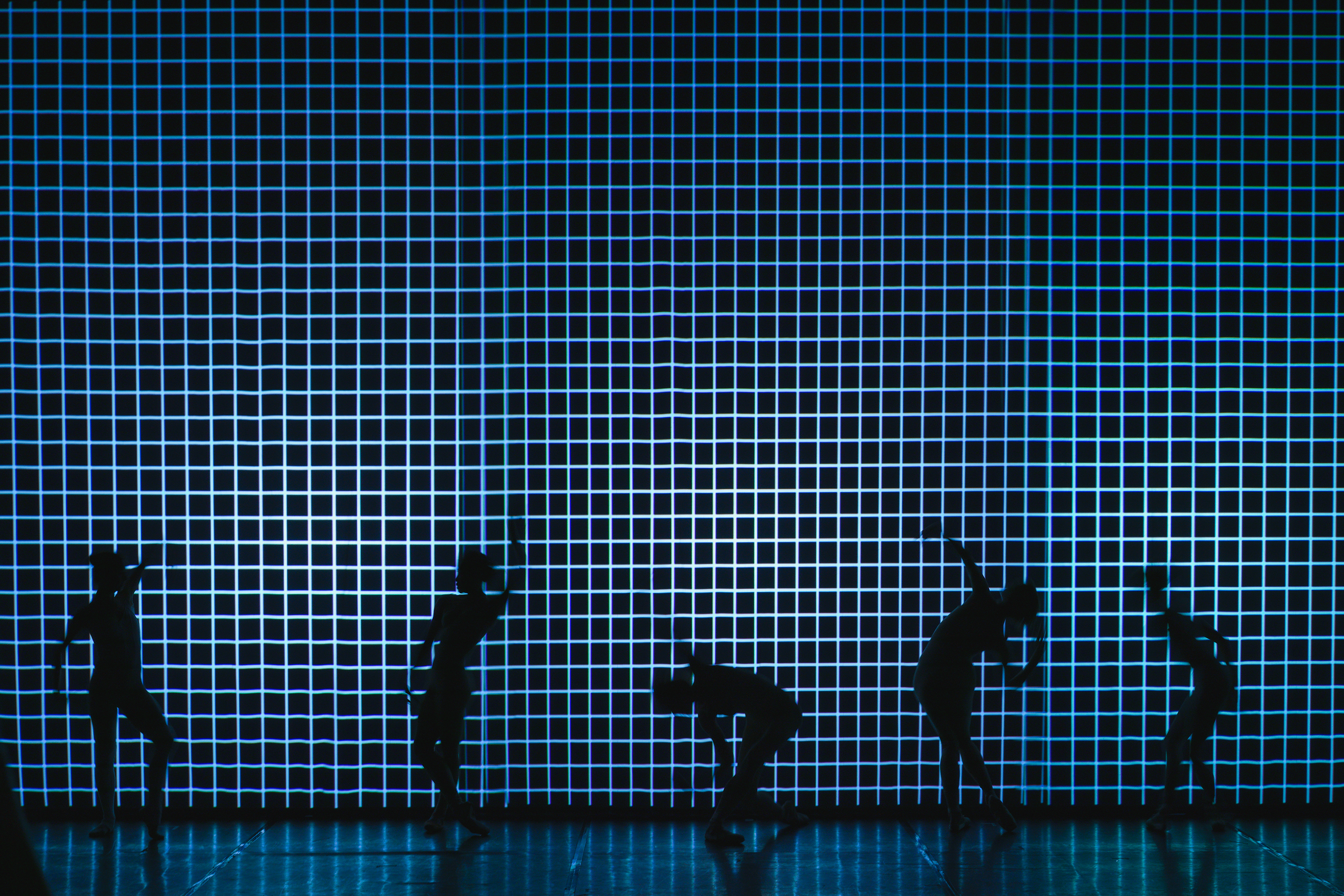
Artists of the Ballet in rehearsal for Frame By Frame. (Photo: David Leclerc)
Have you ever worked on show with this level of technology?
Not this much. My background is in jazz and tap, I came from one of those schools who’d do their yearly shows that were as high-tech as possible, with cool lighting and such — but not anywhere near this level of high-tech projection. (In Frame by Frame) it comes from everywhere — above, front… I’m holding a camera at one point that works. It’s really amazing.
Does the technology make it easier or harder to perform in?
It depends — if anything, it’s easier and harder. Something Guillaume and I have had to figure out, mostly, is how we can best enhance this technology; we can’t fight against it. We have to be clear on the certain themes we’re dancing as there’s a camera from above on us, and that’s being projected onto the back screen so the audience in general will be looking at the above aspect — we can’t fight against that. It’s been a learning process over three years now, and it’s been really unique. This is the first time for dancers that we’ve been in the process from the get-go, from the round-table of, ‘let’s create a ballet.’ We normally get to the process where the choreography arrives, and they’ve got things in order, with storyline and sets and costumes/designs somewhat figured out. This is the first time where we’d go to Quebec for a week or two in the summer and we would be with Ex Machina, at their building with all their equipment, and we’d workshop. We played with so many different types of technology there — what works, what doesn’t work.
And LePage was open to all of it?
It was his idea! He has the studio and the technology to do all of this on the regular, for his works with his team.
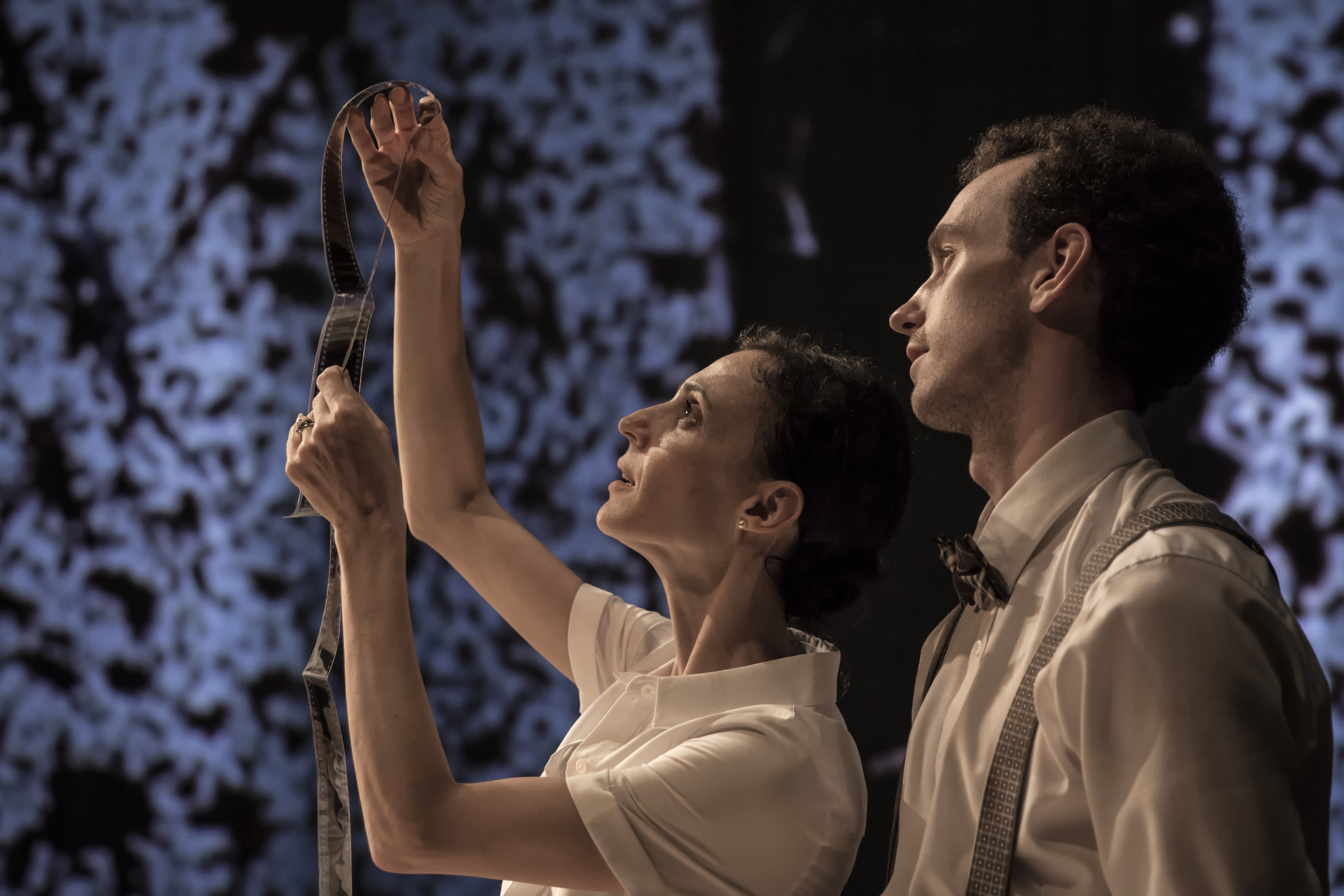
Greta Hodgkinson and Jack Bertinshaw in rehearsal for Frame By Frame. (Photo: Elias Djemil-Matassov)
What’s this kind of collaborative creation been like?
Inspiring! Working with Robert LePage and his team has been incredible. It’s like nothing we’ve ever done. It’s going to be so different — that’s one thing we’re interested to see: how Toronto audiences perceive it, how they take these ideas. It’s a lot of fun in a lot of scenes — a lot of Norman’s works were fun and funky, with odd humor and quirkiness, so we’ve made sure that’s a good part of it while also maintaining enough of Norman’s life throughout.
There will be audiences who either know McLaren’s work very well, or don’t know his stuff at all but love the ballet. What do you think they’ll come away with?
The show is so versatile, I think audiences who don’t know anything about him will still certainly come away with quite a lot. We sometimes portray exactly the work and sometimes we recreate it, like with “A Chairy Tale” — we’ve studied that video, and we do every single chair move and have black light going. We’ve tried to do the exact replications and bring (his works) to life so people who know it will appreciate it, and people who don’t, it’ll be like the first time watching his work.
So capturing the spirit of his work.
Yes, a lot.
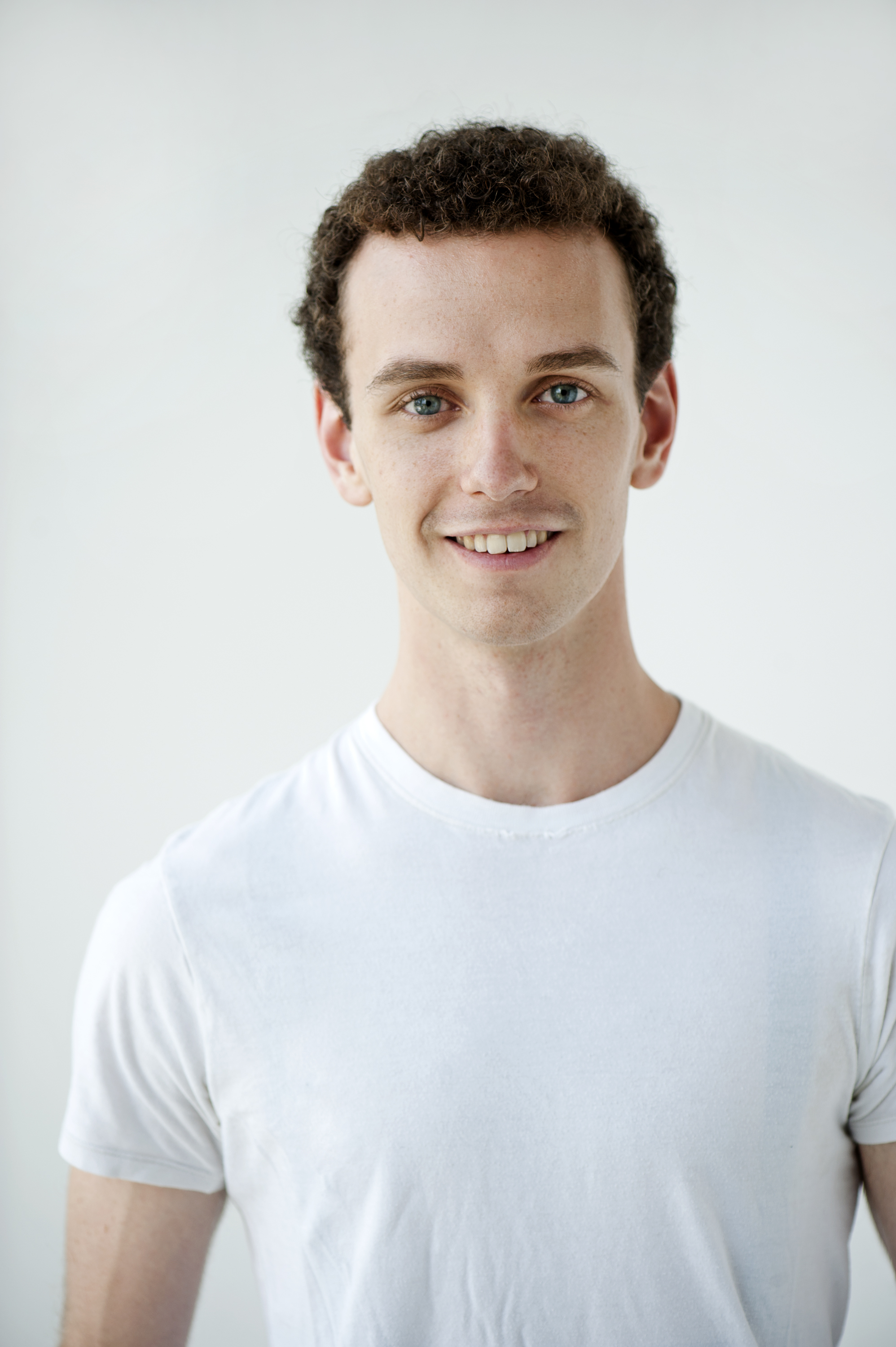
Jack Bertinshaw (Photo: Sian Richards)
Guillaume has said that “everything that’s put on stage nowadays should be multidisciplinary, in a way.” Do you think there should there be a multidisciplinary Sleeping Beauty or Swan Lake? Using contemporary technology in producing traditional works is a big issue in the opera world also.
I certainly believe we should respect and honor the old original works. Sleeping Beauty and Swan Lake today, I believe, are the most beautiful how they were originally created, but when you’re creating something new that’s never been done before… it’s why multidisciplinary is a bigger thing. Today we’re so exposed to new technology anyway, but there’s still a crowd that loves that original stuff.
Introducing anything new means risking people getting angry…
Nijinsky was one of the first originators of conceptual dancing and they threw tomatoes at him!
Once the shock of the new fades, it’s been suggested it then becomes the new norm. Some productions have to fight against history, but with this it seems like you’re less fighting it than celebrating it. What’s it been like to learn about these works?
Being Australian, I’m wasn’t aware of McLaren or his movies, but my mother is, oddly enough — she’s in film and television PR, so she’s a lot more in that world. She’d heard of him, and my uncle in London, he’s a cameraman for film, he knew his work also. My mum’s company and circle of friends heard about Frame by Frame and were like, “Wow, Norman McLaren!” Meanwhile I’d never heard of him before three years ago. I’ve done a lot of research and found out a lot more. We’re not making our own version of things; we’re honoring his works as truly as we can.

